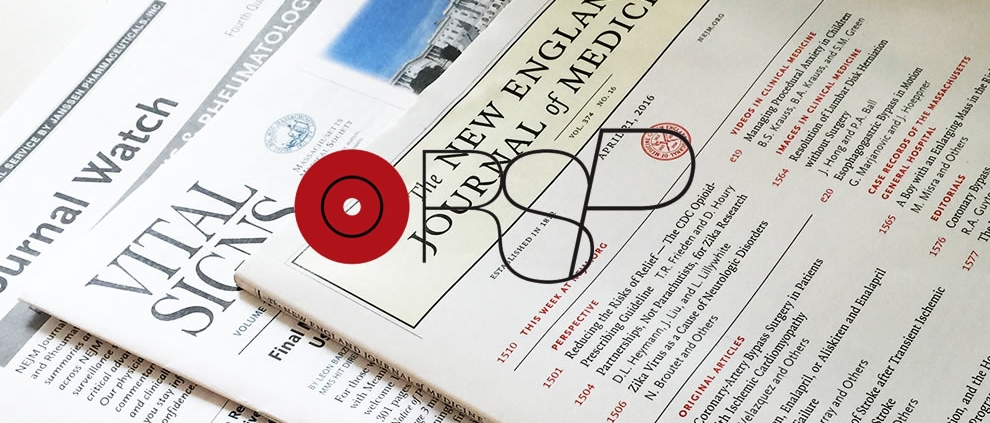Rehabilitation of Proximal Hamstring Tendinopathy Utilizing Eccentric Training, Lumbopelvic Stabilization, and Trigger Point Dry Needling: 2 Case Reports
STUDY DESIGN: Case report.
BACKGROUND: Proximal hamstring tendinopathy is a relatively uncommon overuse injury seen in runners. In contrast to the significant amount of literature guiding the evaluation and treatment of hamstring strains, there is little literature about the physical therapy management of proximal ham-string tendinopathy, other than the general recom-mendations to increase strength and flexibility.
CASE DESCRIPTION: Two runners were treated in physical therapy for proximal hamstring tendinopathy. Each presented with buttock pain with running and sitting, as well as tenderness to palpation at the ischial tuberosity. Each patient was prescribed a specific exercise program focus-ing on eccentric loading of the hamstrings and lumbopelvic stabilization exercises. Trigger point dry needling was also used with both runners to facilitate improved joint motion and to decrease pain.
OUTCOMES: Both patients were treated in 8 to 9 visits over 8 to 10 weeks. Clinically significant improvements were seen in pain, tenderness, and function in each case. Each patient returned to running and sitting without symptoms.
DISCUSSION: Proximal hamstring tendinopa-thy can be difficult to treat. In these 2 runners, eccentric loading of the hamstrings, lumbopelvic stabilization exercises, and trigger point dry nee-dling provided short- and long-term pain reduction and functional benefits. Further research is needed to determine the effectiveness of this cluster of interventions for this condition.
LEVEL OF EVIDENCE: Therapy, level 4. J Or-thop Sports Phys Ther 2014;44(3):198-205. Epub 21 November 2013. doi:10.2519/jospt.2014.4905
KEY WORDS: dry needling, pain, running, tendinopathy


